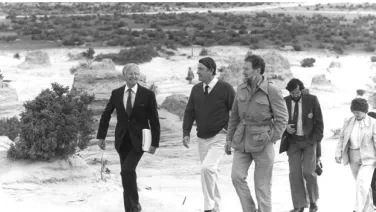News & events
News & events
Find out about our latest news and events.

A study led by ANU has discovered how a mother knows her chicks and can spot an imposter in her nest, even if it looks almost identical to her own chicks.

Jennie Mallela conducts multidisciplinary research combining ecological, biological and geochemical research techniques to understand how environmental disturbance will impact reef function and health in the future.

Dan Rosauer is fascinated by the incredibly uneven spatial distribution of biological diversity at all levels, particularly centres of phylogenetic endemism.

Angela McGaughran is primarily interested in combining genomic and ecological approaches to examine evolutionary processes in natural populations.

ANU has a long history of pioneering research into alpine trees. The work Professor Ralph Slatyer undertook in the 1970's was used to show that the tree line was defined by temperature, not altitude, which explains why Australia has a lower tree line than most other countries.

Konzo is a neurological disease that causes irreversible paralysis of the legs, often in women and young children. It's caused by malnutrition and consumption of high levels of a cyanide compound found in the cassava plant - which happens to be a common staple food in tropical Africa.
I’ll share some of the latest data on animal movement around the planet. I will highlight how this helps us to preserve biodiversity, to secure our global food supplies, to anticipate pandemics and potentially to predict natural disasters.
The study of animal ‘personality’, or consistent individual differences in behaviour, has received much attention in the last two decades, but several important questions remain unclear.
Animals live in an ever-changing world, but environmental perturbations are occurring at an alarming rate - threatening biodiversity and population persistence.
I examine how some established population genetic models can be extended to accommodate insights from newer data and analytic methods.
Individuals can benefit by varying their investment in offspring. The optimal amount of investment may vary in relation to both climatic conditions and social conditions (such as the number of carers for the offspring).
Why do organisms look the way they do? Why do they live where they do? Wy are some groups more diverse than others? These basic questions are often addressed at different scales using a particular set of methods.